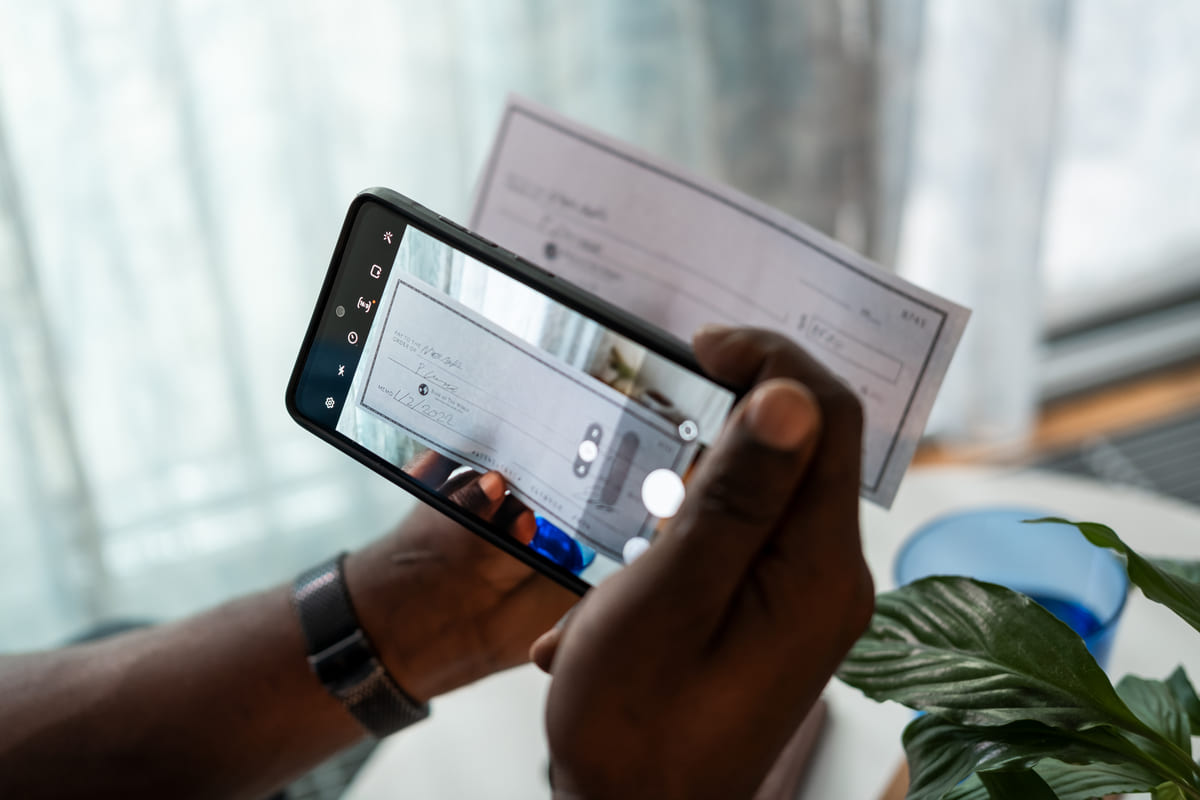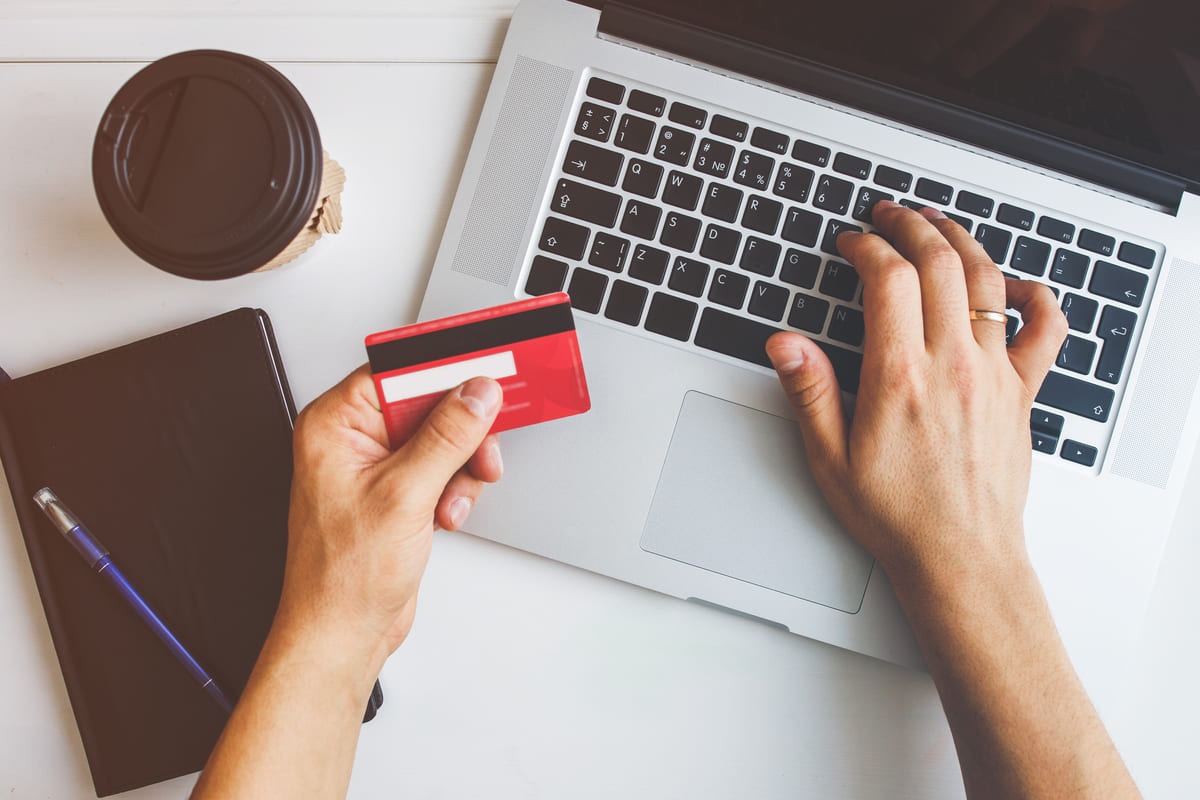While digital banking is replacing many banking functions, there are still plenty of people who need to deal with physical cash and checks. If this applies to you and you need to deposit money into a bank, you may be wondering if you can deposit cash at an ATM.
While the simple answer is "yes," there are some rules and limitations that you need to know about before you head out to find your nearest ATM. Keep reading to learn how to deposit cash at an ATM.
Can I deposit cash at any ATM?
While you can usually deposit cash at most ATMs, not all banking customers can make deposits at any ATM out there. Not all ATMs have the capability, and some will only allow you to deposit cash in an ATM at your own bank.
Are there deposit limits at ATMs?
Some banks have limits on how much cash you can deposit at an ATM, so it's best to check that information with your own bank before you attempt it.
Limits may be on the number of bills you want to deposit or the total amount. For example, you may be limited to only submitting 20 separate bills, regardless of how much each bill is worth.
How to deposit cash at an ATM
While it's best to check the process at your personal bank, most ATM cash deposits follow this step-by-step process:
Insert your debit card and PIN to bring up your account information.
Choose the option for making a deposit.
Choose the amount you wish to deposit and which account you want to put it in if you have multiple ones to choose from.
Follow the instructions to deposit the cash. In most cases, you will be able to enter the bills all together as a stack without filling in a deposit slip or entering them all individually. However, although rare, some ATMs require you to use envelopes before you insert them into the machine. Double-check the cash machine requirements. If it does require an envelope, make sure to seal it and write the total on the envelope before depositing it.
Verify the deposit amount. Make sure that the machine has registered the correct deposit and it's going into the right account. The ATM will usually display a message asking if the amount is accurate.
Once you have confirmed, you will be able to get a receipt of your deposit.
Finally, wait for the deposit to clear. This could happen almost instantly, or it could take a few days if an envelope is required because the bank must confirm the amount manually.
Are there any risks with depositing cash at an ATM?
While making cash deposits at an ATM is usually straightforward, there are some potential downsides.
ATM errors
One potential problem you could run into is machine error — for example, when counting your money and confirming your deposit. That's one reason why it's important to keep your deposit receipt, : so you can contact the bank for help if needed.
Safety issues
Bringing cash to an ATM could open you up to the risk of theft. This could also become an issue if you make regular deposits, as this could make you a target.
Delays
Depositing cash at an ATM may seem like the fastest way to make a deposit, but it can cause delays if there's an issue or you have to use the envelope method. In some cases, it may be faster to deposit the cash at a bank branch instead.
Some banks will also place a hold on all or some of your deposits for a day or even a few days. During this time, the bank will verify your deposit and the transaction, although you won't be able to spend the money until the hold has cleared.
Limits on deposits
Some ATMs and banks limit the amounts and/or number of bills you can deposit, which could mean that depositing at an ATM isn't the best method for you.
Limited accessibility for online banks
Many Americans have online-only banks these days. Although some online-only banks allow for cash deposits at an ATM, it must be at a bank that has a partnership with your online-only bank. This means you may be limited in how you make deposits, depending on your bank of choice.
You might only be able to make deposits at your own bank
Compared to withdrawing from an ATM, making a deposit may not be as straightforward. In some cases, you might only be allowed to make cash deposits at an ATM within your bank's network. This can limit your options, and you might find that depositing cash at an ATM isn't worth it if you can just go inside and do it in person much faster.
How much can you withdraw from an ATM?
Similar to depositing cash at an ATM, there are also limits on how much you can withdraw. There's no simple answer to how much you can withdraw, as the max withdrawal limit is set by each bank or credit union. It could be anywhere from $300 in one withdrawal to $1,000 a day.
Other things that might impact how much you can withdraw from an ATM include the types of accounts you hold and how long you have had them. For example, a bank might have stricter rules for customers who have only had the account open for less than 30 days.
Another limit you may have to consider is the withdrawal limit on the particular ATM you wish to use. Some ATMs have limits on how much cash they will dispense per withdrawal. This limit may be different from your own bank's daily withdrawal limit if you're using an ATM from another bank.
What if you need to make a large cash withdrawal?
If the amount of cash you need to withdraw exceeds your bank's daily limit or the ATM's limit, the best thing to do is visit a branch location to withdraw the money in person. Alternatively, you may be able to contact your bank to ask them to raise your withdrawal limit, even temporarily.
Alternatives to handling cash
If all else fails, it may be worth reconsidering whether you need to handle cash. If you need to make a deposit to an account other than your own, consider a bank transfer instead, which can be quicker and easier.
If you decide you're not comfortable making a deposit at an ATM, it may be best to visit a bank branch in person and do it there. This can offer you a bit more security in that you can personally verify your money is being handled safely and counted accurately before being deposited.
This may also be a safer and more reliable option if you need to withdraw large amounts of cash.


